- Mia
- September 10, 2023
- 8:14 am

Harry Collins
Answered on 8:14 am
For 100G mode with QPSK modulation, the FEC type could be oFEC (OpenROADM) or SDFEC (Soft Decision FEC) with probabilistic constellation shaping.
For 200G mode with QPSK modulation, the FEC type could be SDFEC with probabilistic constellation shaping.
For 400G mode with 16-QAM modulation, the FEC type could be SDFEC with probabilistic constellation shaping.
The 400G-BIDI module can work in different ways depending on the switch and the application. It can use different types of FEC (Forward Error Correction) to improve the signal quality. FEC is a method of adding extra bits to the data to detect and correct errors.
One way is to use the 400G-SR4.2 or 4x 100G-SR1.2 mode, where the switch does the FEC and the module does not. The FEC used here is called KP-FEC, which is a type of Reed-Solomon FEC.
Another way is to use the 4x 100G-BIDI (100G-SRBD) mode, where the module does the FEC and the switch does not. The module uses a different FEC for each pair of fibers, which can work with the existing 100G-BIDI modules. This way, you can keep using your old 100G-BIDI modules with the new 400G-BIDI modules.
People Also Ask
Understanding the Power of NVIDIA’s BlueField-3 DPU
Introduction When working with NVIDIA’s H100 SXM servers, you may often see a configuration that includes two BFD-3 units. This raises questions, especially since the system already comes with eight CX-7 400G network cards. What are the fundamental differences and roles of BFD-3 compared to CX-7? Moreover, why does BFD
Joint Testing of 400GbE Optical Transmission System by FiberMall
FiberMall, in collaboration with Lumentum-Neophotonics, Cisco-Acacia, and EXFO, has successfully proposed a 927-kilometer end-to-end interoperable 400-GbE (Gigabit Ethernet) optical transmission system. This system integrates the latest 400G pluggable optical modules, addressing the needs of Ethernet clients (IEEE 802.3 400GBASE), data center interconnects (OIF 400-ZR), and metro/regional (400G OpenROADM) networks. The
Mellanox MMA1T00-HS: The Ultimate Guide to a 200G QSFP56 Optical Transceiver
As the technology for data centers has changed, so has the demand for greater bandwidth and transmission of data. The Mellanox MMA1T00-HS, which is a 200G QSFP56 optical transceiver, is a breakthrough in the field of connectivity as it offers a powerful solution for new-age network systems. This is a
Unlocking the Potential of the QSFP28 SR4 Optical Transceiver Module
The QSFP28 SR4 Optical Optical Transceiver Module addresses the issues surrounding high-speed data communication system designs, especially for modern data centers and high-performance computing environments. However, increased data requirements lead to solutions that are efficient, inexpensive, and reliable, with the more relevant being the ability to provide connections of up
How Does Combo PON Integrate GPON and XGSPON?
As fiber-to-the-home (FTTH) network technology rapidly advances, GPON (Gigabit Passive Optical Network) has become the standard choice for most operators worldwide. However, with increasing demands for higher bandwidth, symmetrical rates, and lower latency, XGSPON (10G Symmetric Passive Optical Network) is gaining attention as the next-generation fiber access technology. In this
Mastering the 400gbase-dr4 Transceiver: A Comprehensive Guide to Optical Excellence
The evolution of optical transceiver technology has been a major factor in fulfilling the increasing demand for data transfer rates and capacity in contemporary networks. 400GBASE-DR4 transceiver is one of the latest examples of such a technology, which is developed specifically to allow faster data communication via single-mode fiber optic
Related Articles
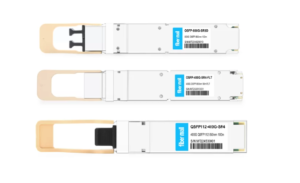
800G SR8 and 400G SR4 Optical Transceiver Modules Compatibility and Interconnection Test Report
Version Change Log Writer V0 Sample Test Cassie Test Purpose Test Objects:800G OSFP SR8/400G OSFP SR4/400G Q112 SR4. By conducting corresponding tests, the test parameters meet the relevant industry standards, and the test modules can be normally used for Nvidia (Mellanox) MQM9790 switch, Nvidia (Mellanox) ConnectX-7 network card and Nvidia (Mellanox) BlueField-3, laying a foundation for
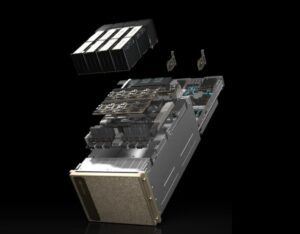
Understanding the Power of NVIDIA’s BlueField-3 DPU
Introduction When working with NVIDIA’s H100 SXM servers, you may often see a configuration that includes two BFD-3 units. This raises questions, especially since the system already comes with eight CX-7 400G network cards. What are the fundamental differences and roles of BFD-3 compared to CX-7? Moreover, why does BFD
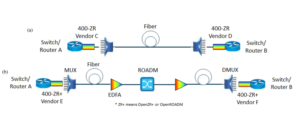
Joint Testing of 400GbE Optical Transmission System by FiberMall
FiberMall, in collaboration with Lumentum-Neophotonics, Cisco-Acacia, and EXFO, has successfully proposed a 927-kilometer end-to-end interoperable 400-GbE (Gigabit Ethernet) optical transmission system. This system integrates the latest 400G pluggable optical modules, addressing the needs of Ethernet clients (IEEE 802.3 400GBASE), data center interconnects (OIF 400-ZR), and metro/regional (400G OpenROADM) networks. The
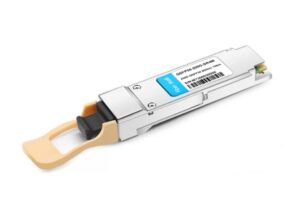
Mellanox MMA1T00-HS: The Ultimate Guide to a 200G QSFP56 Optical Transceiver
As the technology for data centers has changed, so has the demand for greater bandwidth and transmission of data. The Mellanox MMA1T00-HS, which is a 200G QSFP56 optical transceiver, is a breakthrough in the field of connectivity as it offers a powerful solution for new-age network systems. This is a
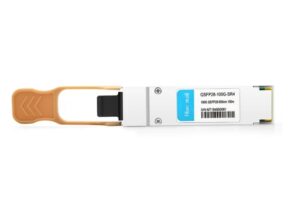
Unlocking the Potential of the QSFP28 SR4 Optical Transceiver Module
The QSFP28 SR4 Optical Optical Transceiver Module addresses the issues surrounding high-speed data communication system designs, especially for modern data centers and high-performance computing environments. However, increased data requirements lead to solutions that are efficient, inexpensive, and reliable, with the more relevant being the ability to provide connections of up
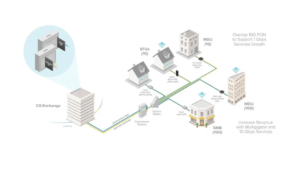
How Does Combo PON Integrate GPON and XGSPON?
As fiber-to-the-home (FTTH) network technology rapidly advances, GPON (Gigabit Passive Optical Network) has become the standard choice for most operators worldwide. However, with increasing demands for higher bandwidth, symmetrical rates, and lower latency, XGSPON (10G Symmetric Passive Optical Network) is gaining attention as the next-generation fiber access technology. In this
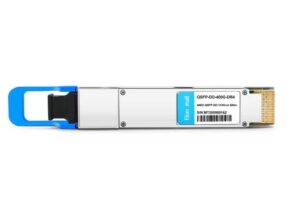
Mastering the 400gbase-dr4 Transceiver: A Comprehensive Guide to Optical Excellence
The evolution of optical transceiver technology has been a major factor in fulfilling the increasing demand for data transfer rates and capacity in contemporary networks. 400GBASE-DR4 transceiver is one of the latest examples of such a technology, which is developed specifically to allow faster data communication via single-mode fiber optic
